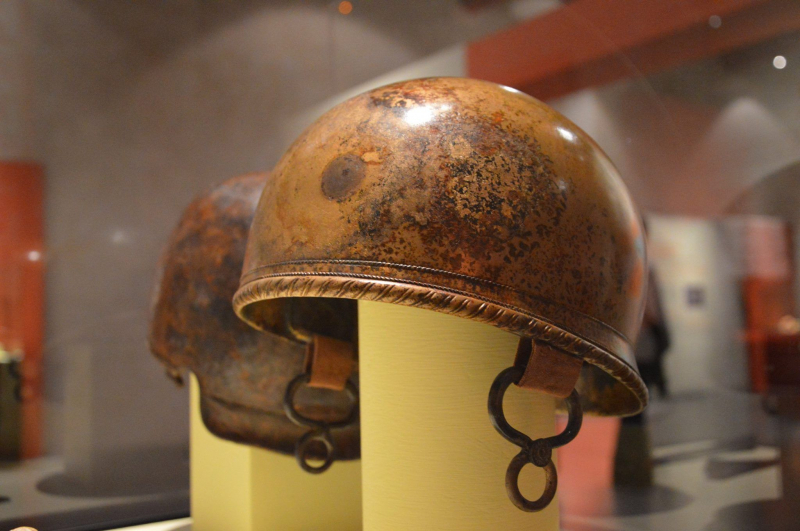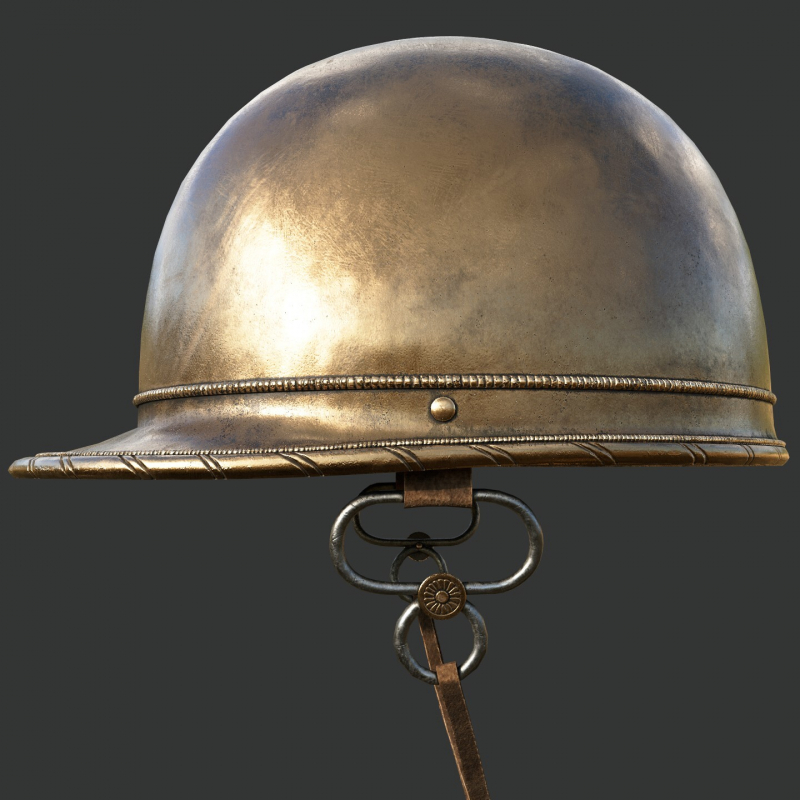Coolus: Caesar’s Helmet
The Coolus Roman helmet was of Celtic descent, just like the Montefortino helmet, to which it bears a resemblance. Both helmets were probably used by the Romans because of their straightforward designs, which allowed for inexpensive mass production. This was crucial at the time since numerous Roman citizens were required to serve in the military. The Coolus style is thought to have been in use from the third century BCE until the first century CE. It was most frequently used during Caesar's Gallic Wars (58–50 BCE), presumably as a result of the Romans' extensive usage of Celtic armorers at this time.
Roman helmets in the Coolus type were typically composed of bronze or brass, however, it's conceivable that some were also constructed of iron. They weren't conical; they were globular or hemispherical. A neck guard and a turned, cast-soldered, or riveted-on crest knob were further features of these Roman helmets. They were punctured, like the majority of Celtic-style helmets, to accommodate ties or cheek guards. The only ornamentation on this largely plain Roman helmet was a few raised panels or ridges on the cheek guards.











